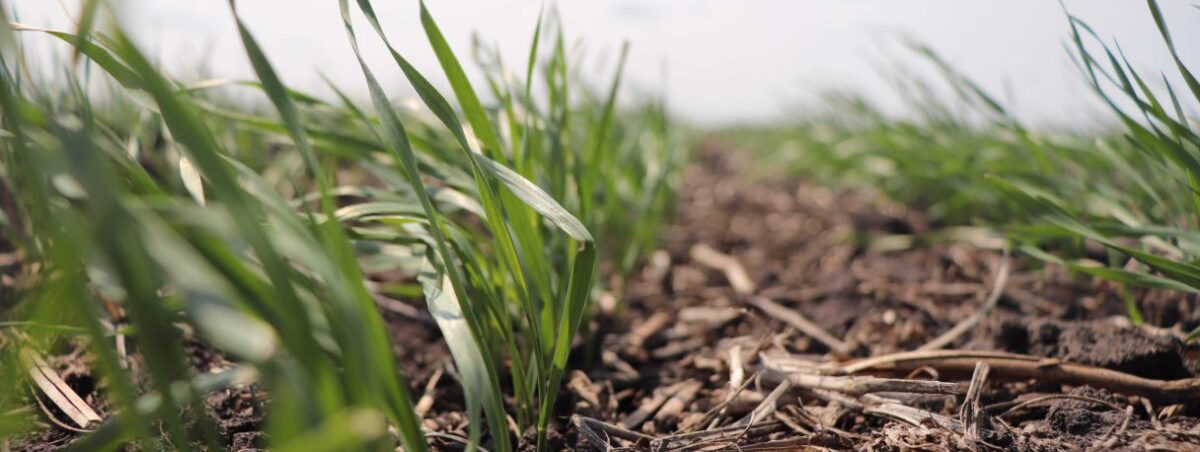Spring agronomy resource roundup – cereals

By Manitoba Crop Alliance
As we head into spring, now is the perfect time to brush up on some important agronomy topics.
Manitoba Crop Alliance (MCA) has several articles and resources to help farmers implement best management practices (BMPs) on their operations. This resource roundup highlights information for targeting the correct seeding date, conditions and fertility, as well as management options if seeding gets delayed.
Spring cereals
1. Seeding date
We know that weather on the Prairies is unpredictable, and while we hope to get the crop in early, sometimes Mother Nature has other plans. More information on the ideal time to plant spring cereals, the impact of delayed seeding and agronomic management strategies is available in the following articles:
2. Dry soil conditions
Across the Prairies, seeding into dry soils is inevitable in some years. These dry conditions require careful seeding BMPs to help reduce risk. Learn more from resources listed below, including a special collaboration article between the Alberta Wheat Commission, Alberta Barley, Sask Wheat, SaskBarley and MCA:
- Seeding Wheat and Barley into Dry Soils
- Manitoba Agriculture – Effect of Dry Conditions on Cereal Yields and Response to Nitrogen
3. Plant stands
Plant population influences all three of the primary determinants of yield: (1) number of heads per acre, (2) number of kernels per head and (3) weight per kernel. Do you know how your selected variety will perform under varying target plant populations? Learn more:
4. Nitrogen fertility
Another important aspect of seeding is making sure your crop has the proper fertility package. The following are important resources for making nitrogen fertilizer management decisions:
- Factsheet – Spring Nitrogen Application Options
- Factsheet – Optimizing Nitrogen Fertilizer Management Strategies for High-Yielding Spring Wheat in Manitoba
- Factsheet – Maximizing Spring Wheat Productivity: Yield, Yield Components and Lodging Risk
- Nitrogen Rate of Return Calculator – Alberta Wheat and Barley Commissions
- Manitoba Agriculture – Soil Fertility Guide
- Winter Wheat Fertility Checklist for Spring
- Weed Management in Winter Wheat
Winter wheat
While many winter wheat farmers choose to apply most of their nitrogen in the fall, early spring is a good opportunity to evaluate your fertilizer strategy. In the article below, Manitoba Agriculture’s John Heard goes through his checklist of spring fertility considerations:
The winter annual growth habit of winter wheat makes it an effective competitor against many weed species. However, some weed control considerations should still be made. The following article outlines integrated weed management strategies and herbicide options for winter wheat:
Significant snow accumulation throughout winter helps to keep the soil warm enough for winter wheat to overwinter. The following resources cover other factors that impact winter wheat survival, plus ways to assess the survival in your fields:
